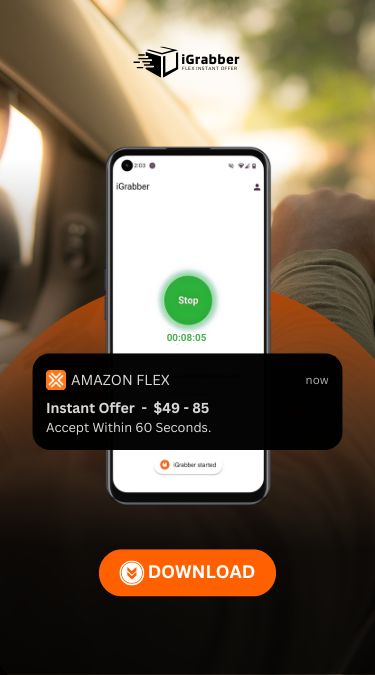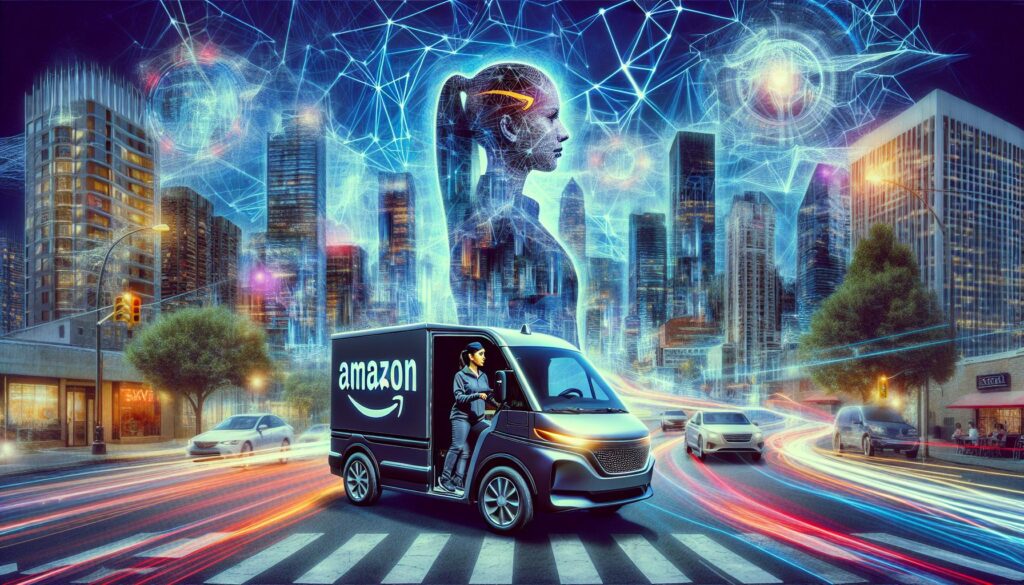Understanding the Amazon Flex Gig Economy
Amazon Flex offers drivers an opportunity to earn money by delivering packages. However, competing demands and algorithm-based assignment systems create challenges for these drivers. As technology evolves, drivers utilize various strategies to maximize their earnings. The relationship between Amazon Flex drivers and the delivery algorithm is a fascinating case of human versus machine.
The Role of Algorithms in Amazon Flex
Amazon’s algorithm determines the assignment of delivery blocks to drivers. It utilizes a complex set of criteria, such as delivery location, driver ratings, and demographic data, to optimize distribution efficiently. This automation intends to ensure a seamless delivery experience for customers while making operations efficient for Amazon.
However, it often leads to a competitive environment among drivers. These individuals must constantly compete for the most lucrative delivery slots. The system can be unpredictable, leaving many drivers feeling at the mercy of a digital master.
Drivers Discover Innovative Techniques
To level the playing field, drivers have developed various block-grabbing techniques. These methods aim to outsmart the algorithm, allowing drivers to snap up the best delivery blocks available. Some popular strategies include:
- Refreshing the App: Drivers continuously refresh the Amazon Flex app in the hopes of catching newly released blocks before others. This approach, though simple, can be effective with perfect timing.
- Utilizing Third-Party Apps: Some drivers use apps like iGrabber to automate the block-grabbing process. These tools quickly notify users when blocks become available, enhancing their competitive edge.
- Collaborative Networks: Drivers often band together in local or online communities. They share tips, alert each other about available blocks, and sometimes even trade assignment slots.
Exploring Third-Party Apps
Many Amazon Flex drivers turn to third-party apps like iGrabber to bolster their block-grabbing success. These apps focus on providing users with quicker updates and automated notifications. By minimizing the delay between block release and driver notification, such apps improve a driver’s chance of securing high-value jobs.
However, reliance on third-party apps introduces risks. Using unofficial software can sometimes violate Amazon’s terms of service, leading to potential account suspensions. Despite these risks, drivers eager to maximize their earnings often find these tools indispensable.
How iGrabber Works
Understanding how tools like iGrabber work can provide insights into their effectiveness. Visit the iGrabber Home Page to learn more about its user-friendly interface and robust notification system. A well-designed tool can significantly improve efficiency, making it indispensable for drivers navigating the gig economy.
Challenges Faced by Amazon Flex Drivers
While technology solutions help, drivers still face numerous hurdles. The fierce competition for lucrative blocks can be stressful. Many drivers feel anxiety over financial stability, as their earnings can fluctuate based on block availability.
Moreover, drivers must manage additional operational costs, such as fuel, vehicle maintenance, and insurance. Balancing these expenses against potential earnings requires careful planning and constant vigilance.
Navigating Competitive Conditions
Drivers continuously seek ways to adapt to the competitive landscape. The key is staying informed and connected within the community. Networking with fellow drivers and staying updated on technological advancements can provide a competitive advantage.
Amazon’s Perspective on Flex Deliveries
For Amazon, Flex offers an efficient solution to meet its expansive logistics needs. By employing independent contractors, Amazon can manage deliveries with greater flexibility. However, this model relies heavily on the algorithm to maintain operational efficiency.
Amazon aims to balance three core aspects:
- Delivery speed and accuracy
- Earnings satisfaction among drivers
- Customer experience and satisfaction
The company must continually refine its algorithm to ensure these elements cohesively support its business model. Feedback from drivers plays a crucial role in guiding these refinements.
Future of Flex and Delivery Algorithms
As the gig economy evolves, Amazon Flex is likely to undergo significant changes. Technology will play a leading role in shaping the future of these delivery models. Understanding the dynamics between algorithms and human ingenuity is critical for all stakeholders in the ecosystem.
For more insights on the ongoing battle between Amazon Flex drivers and algorithms, explore the original article from TechHQ.
Conclusion
In the ever-evolving landscape of Amazon Flex, drivers remain inventive and resourceful. They continue to seek ways to improve their chances of success against the algorithm. As technology advances, so do the methods employed by drivers eager to carve out a stable income.
Ultimately, a symbiotic relationship between drivers and algorithms may lead to mutual benefit. Continual improvement and understanding of this dynamic interaction is key to the future of flexible, tech-driven delivery solutions. As the gig economy grows, so will the conversation around the intersection of human effort and machine-driven processes.





